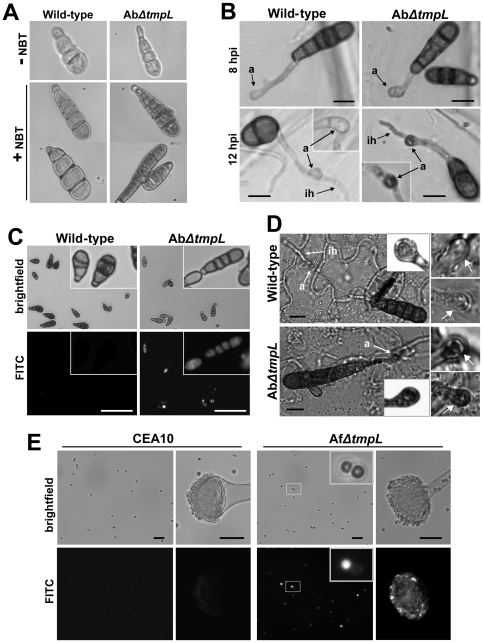Figure 7. Excess ROS production during conidiation and infection in ΔtmpL mutants.
(A) Accumulation of excess superoxide in the conidia of the A. brassicicola ΔtmpL mutants. 7-day-old conidia of A. brassicicola wild-type and ΔtmpL mutant grown on a nutrient-rich medium were strained with nitroblue tetrazolium (NBT) to detect superoxide. Each micrograph shows the picture of conidium before (−) and after (+) NBT staining. (B) Accumulation of excess superoxide in the mature appressoria and emerging infection hyphae of the A. brassicicola ΔtmpL mutants. Conidia of A. brassicicola wild-type and ΔtmpL mutant were inoculated on onion epidermis, incubated at room temperature for 8 and 12 hr, and stained with NBT. Insets show another example of appressorium stained with NBT from each strain. Bars = 10 µm. Abbreviations: a, appressorium; ih, infection hypha. (C) Accumulation of excess ROS in the conidia of the A. brassicicola ΔtmpL mutants. Conidia released from 7-day-old colonies were stained with H2DCFDA and viewed by epifluorescence microscopy. Insets show a magnified view of conidia stained with H2DCFDA from each strain. Bars = 50 µm. (D) Accumulation of excess H2O2 in mature appressoria of the A. brassicicola ΔtmpL mutants. Conidia of the A. brassicicola wild-type and ΔtmpL mutant were inoculated on green cabbage cotyledons and incubated at room temperature for 12 hr before being stained with 3,3′-diaminobenzidine tetrahydrochloride (DAB). Insets are the magnified view of each appressorium. Right panels are the pictures of two more appressoria (arrows) stained with DAB from each strain, showing a typical range of staining intensity. Bars = 10 µm. Abbreviations: a, appressorium; ih, infection hypha. (E) Accumulation of excess ROS in the conidia of the A. fumigatus ΔtmpL mutants. Conidia and conidiophores of the A. fumigatus wild-type (CEA10) and ΔtmpL mutant were released from 3-day-old colonies and subsequently stained with H2DCFDA for 30 min and 1 hr, respectively, and viewed by epifluorescence microscopy. Bars = 20 µm.

